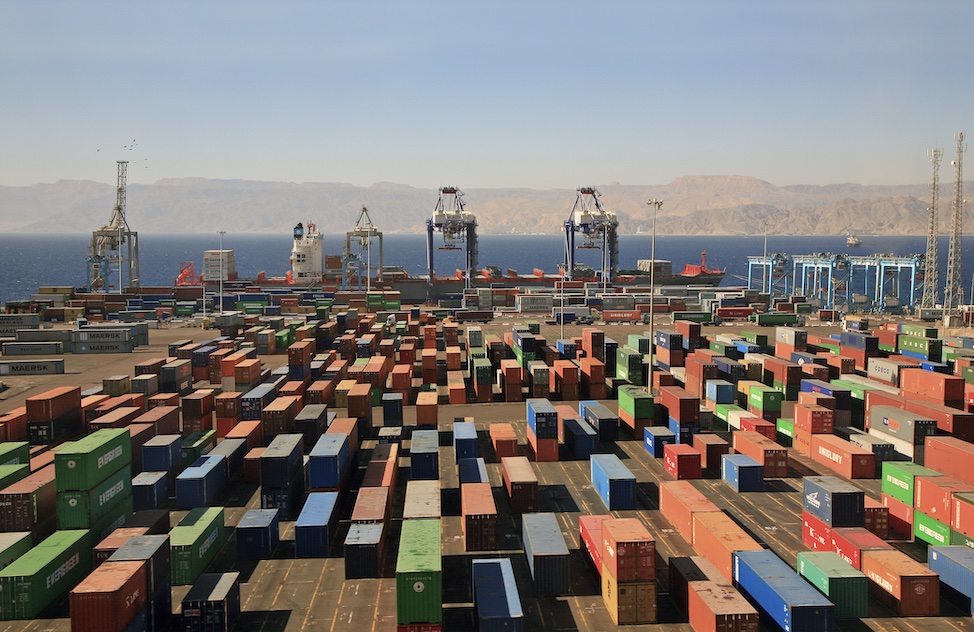
The following post is courtesy of Diane Harrison who is principal and owner of Panegyric Marketing, a strategic marketing communications firm founded in 2002 specializing in alternative assets.
We all know the saying ‘No chain is stronger than its weakest link.’ This has never been more evident on a global scale than the present day supply chain woes plaguing worldwide distribution and availability of many consumer products. The news is full of the latest supply snafus to hit the markets, and prices for everything from gasoline to dog food is showing the strain. With the holiday season bearing down on us, problems are only expected to get worse with heightened demand stressing an already broken process.
HOW DID WE GET HERE?
Without getting into too many of the complexities, Garth Friesen published a brief explanation on Forbes.com in September, ‘No End In Sight For The COVID-Led Global Supply Chain Disruption.’ Several of the key points he made explain why it will be so difficult to extricate ourselves from this very real global problem:
- The COVID shutdown effectively seized the supply chain engine. By late 2020, real cracks in the supply chain started to emerge. From a logistics perspective, restarting the manufacturing machine after the lockdown turned out to be quite difficult. The complex system that moves raw materials and finished products around the globe requires predictability and precision. Both had been lost.
- There are multiple fractures in the material transportation process. Massive dislocations are present in the container market, shipping routes, ports, air cargo, trucking lines, railways and even warehouses. The result has created shortages of key manufacturing components, order backlogs, delivery delays and a spike in transportation costs and consumer prices. Unless the situation is resolved soon, the consequences for the global economy may be dire.
- Manpower is at an all-time low. According to driver recruiting firms, there is one qualified driver for every 9 job postings. The trucking industry is very fragmented, with the bulk of drivers working at small firms. 89% of trucking companies have one to five trucks.
SO HOW DOES THIS RELATE TO INVESTMENT MANAGEMENT?
Besides the obvious research and analysis about the impact this massive dislocation has and will continue to have on prices across the board, there’s another lesson to be learned about the impact of a fractured supply chain that relates to the more human aspect of investing: client relations. If you consider the relationship management of clients and prospects to be a symbiotic process of information give and take, creating a prolonged void in this practice can lead to a break in the relationship that can gravely impact the overall health of a fund manager’s business.
THE VENN DIAGRAM THAT IS RELATIONSHIP MANAGEMENT
From the initial contact that takes place during the sales process of attracting new investors, to managing and strengthening the relationship formed with active clients, to widening the role an investment management firm can play in the industry to one of its respected thought leaders, devoting time and attention to each leg of the communication process helps form a healthy whole.
If any of these focus areas breaks down, it impacts not only the immediate or short-term situation for sales activity, client satisfaction, or industry reputation management, but can cause a bleed-over impact on the other areas that can create a larger firm problem, much like the current supply chain dilemma.
Let the lessons being learned globally regarding this supply chain crisis act as a signal to focus time and care on the critical and interlocking communication needs of a strong and healthy investment management firm.


Leave a Reply